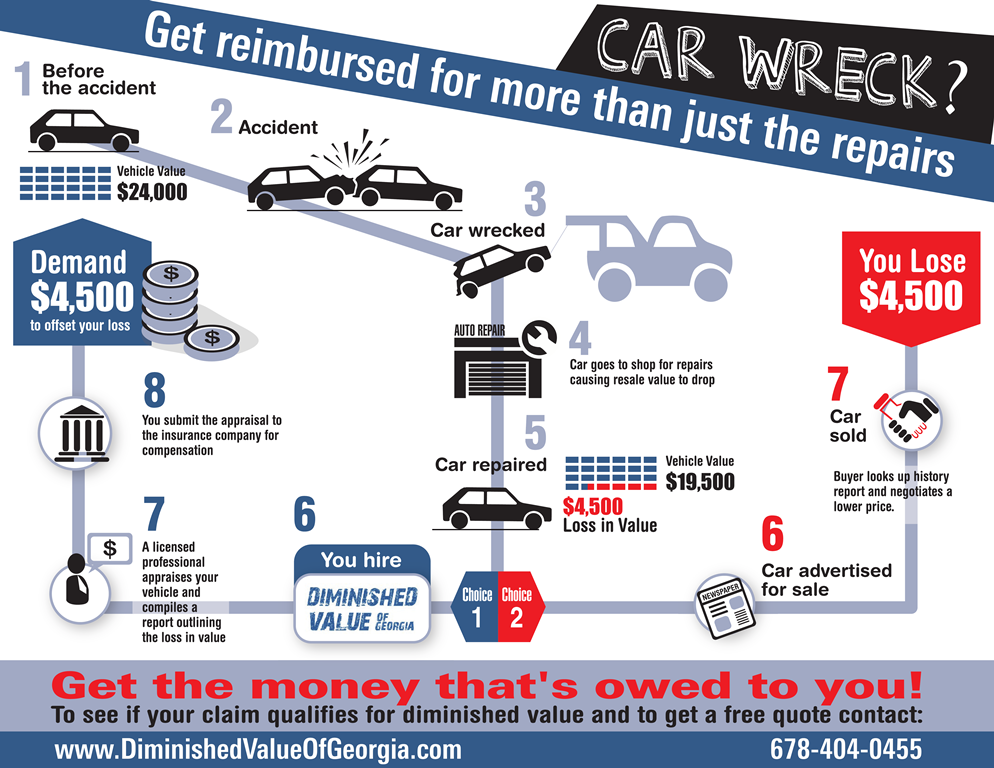Decoding Your Car'S Caution Indicators: What They Absolutely Indicate
Decoding Your Car'S Caution Indicators: What They Absolutely Indicate
Blog Article
Article By-Lim Forbes
When you lag the wheel, those radiant caution lights on your control panel can be a bit perplexing. Do you understand what they're attempting to inform you concerning your car's health and wellness? Comprehending the relevance of these lights is essential for your safety and security and the long life of your lorry. So, the next time one of those lights turns up, wouldn't you want to decode its message accurately and take the needed steps to address it?
Common Warning Lights and Interpretations
Recognize typical warning lights in your car and recognize their meanings to ensure risk-free driving.
One of the most regular warning lights consist of the check engine light, which signifies issues with the engine or emissions system. If this light comes on, it's critical to have your lorry examined quickly.
The oil pressure cautioning light shows low oil stress, needing immediate attention to avoid engine damages.
A blinking battery light might recommend a malfunctioning billing system, potentially leaving you stranded if not attended to.
The tire pressure monitoring system (TPMS) light notifies you to reduced tire pressure, impacting lorry stability and fuel performance. Overlooking this can cause hazardous driving conditions.
The abdominal muscle light shows an issue with the anti-lock stopping system, compromising your capability to stop quickly in emergencies.
Finally, the coolant temperature warning light warns of engine overheating, which can lead to extreme damages otherwise dealt with promptly.
Understanding these usual warning lights will certainly aid you resolve problems without delay and maintain risk-free driving conditions.
Significance of Prompt Interest
Understanding the typical caution lights in your car is just the first step; the relevance of without delay addressing these cautions can not be highlighted enough to ensure your safety when traveling.
When a caution light illuminates on your control panel, it's your automobile's means of communicating a prospective problem that requires attention. Ignoring these warnings can lead to much more serious troubles down the road, compromising your safety and potentially costing you a lot more out of commission.
Motivate attention to alerting lights can prevent breakdowns and accidents. As an example, a flashing check engine light could suggest a misfire that, if left neglected, might create damage to the catalytic converter. Addressing this quickly can save you from a costly repair work.
Likewise, a brake system warning light may signal low brake fluid or worn brake pads, important elements for your safety and security when driving.
Do It Yourself Troubleshooting Tips
If you discover a caution light on your dashboard, there are a couple of do it yourself repairing pointers you can attempt before seeking expert aid.
The first step is to consult your auto's guidebook to recognize what the particular warning light suggests. Often best car detailing service can be as straightforward as a loosened gas cap activating the check engine light. Tightening the gas cap might solve the problem.
visit the following webpage is a low battery, which can cause different cautioning lights. Inspecting the battery links for corrosion and guaranteeing they're safe and secure might take care of the trouble.
If a caution light continues, you can try resetting it by separating the vehicle's battery for a couple of mins and afterwards reconnecting it. In addition, inspecting your automobile's liquid levels, such as oil, coolant, and brake fluid, can aid troubleshoot cautioning lights connected to these systems.
Final thought
To conclude, understanding your auto's caution lights is vital for keeping your automobile running efficiently and securely. By promptly addressing these informs and recognizing what they suggest, you can stay clear of costly repair services and possible break downs.
Keep in mind to consult your cars and truck's handbook for certain details on each cautioning light and do something about it as necessary to ensure a trouble-free driving experience.
Stay notified, remain secure when traveling!
